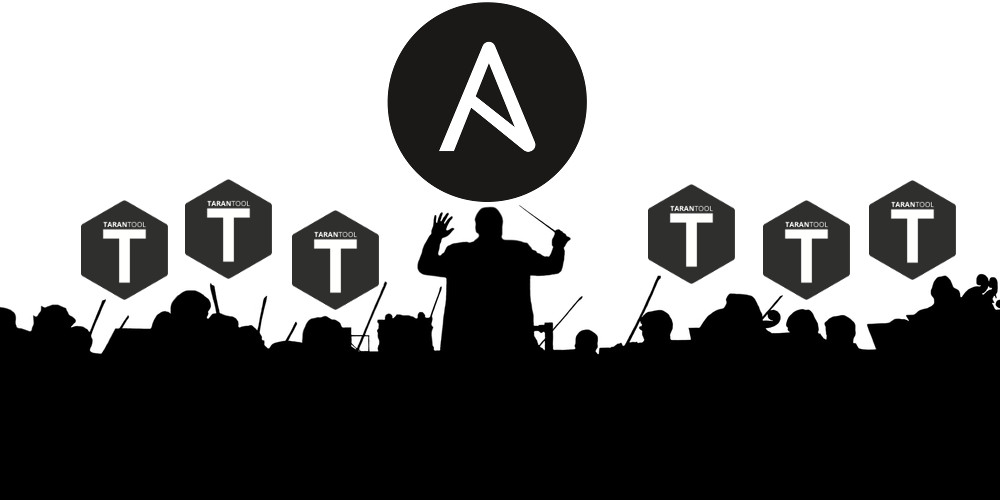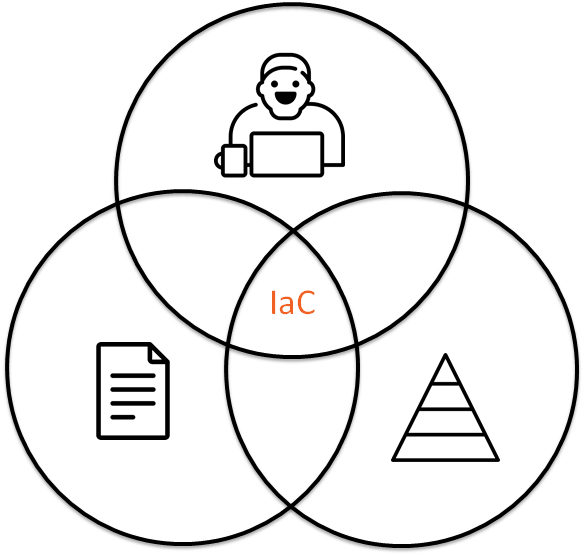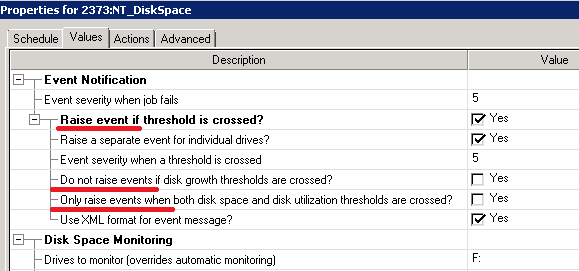Deploying Tarantool Cartridge applications with zero effort (Part 1)

We have already presented Tarantool Cartridge that allows you to develop and pack distributed applications. Now let's learn how to deploy and control these applications. No panic, it's all under control! We have brought together all the best practices of working with Tarantool Cartridge and wrote an Ansible role, which will deploy the package to servers, start and join instances into replica sets, configure authorization, bootstrap vshard, enable automatic failover and patch cluster configuration.
Interesting, huh? Dive in, check details under the cut.






 Bangkok, in general, is a strange place to stay. Of course, it is warm there, rather cheap and some might find the cuisine interesting, along with the fact that about half of the world’s population
Bangkok, in general, is a strange place to stay. Of course, it is warm there, rather cheap and some might find the cuisine interesting, along with the fact that about half of the world’s population 

